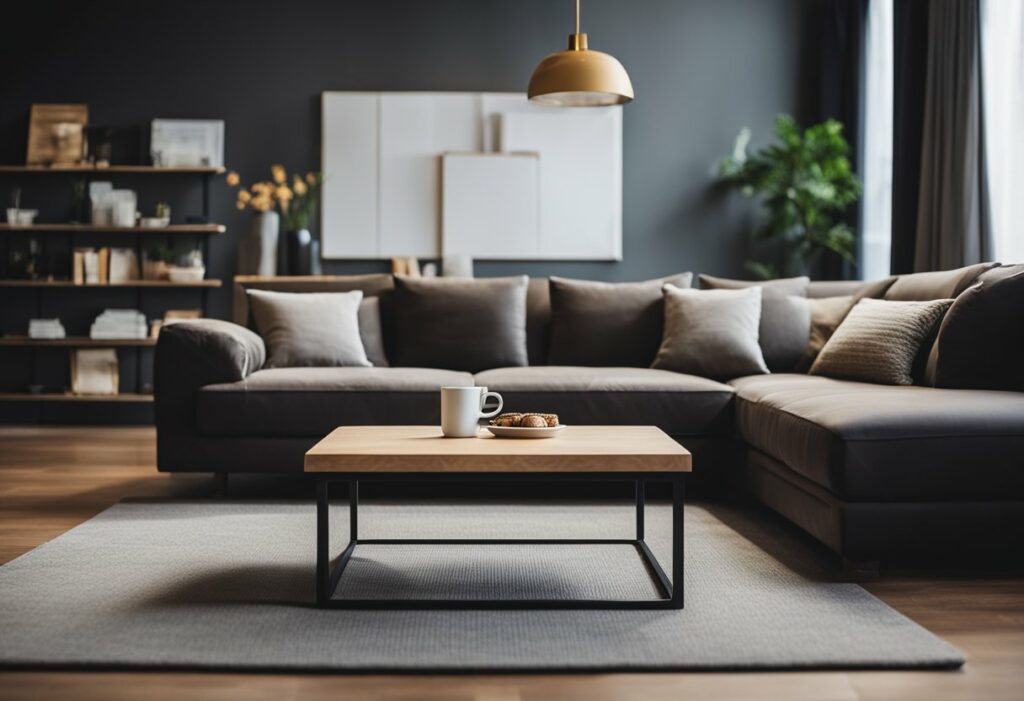Bad Proportion in Interior Design: How to Avoid Common Mistakes
Do you ever walk into a room and something just feels off? Maybe it’s the proportions of the space. Proportion is one of the most important design principles in interior design and can make or break the look and feel of a room. When the proportions are off, it can create a sense of discomfort and unease.
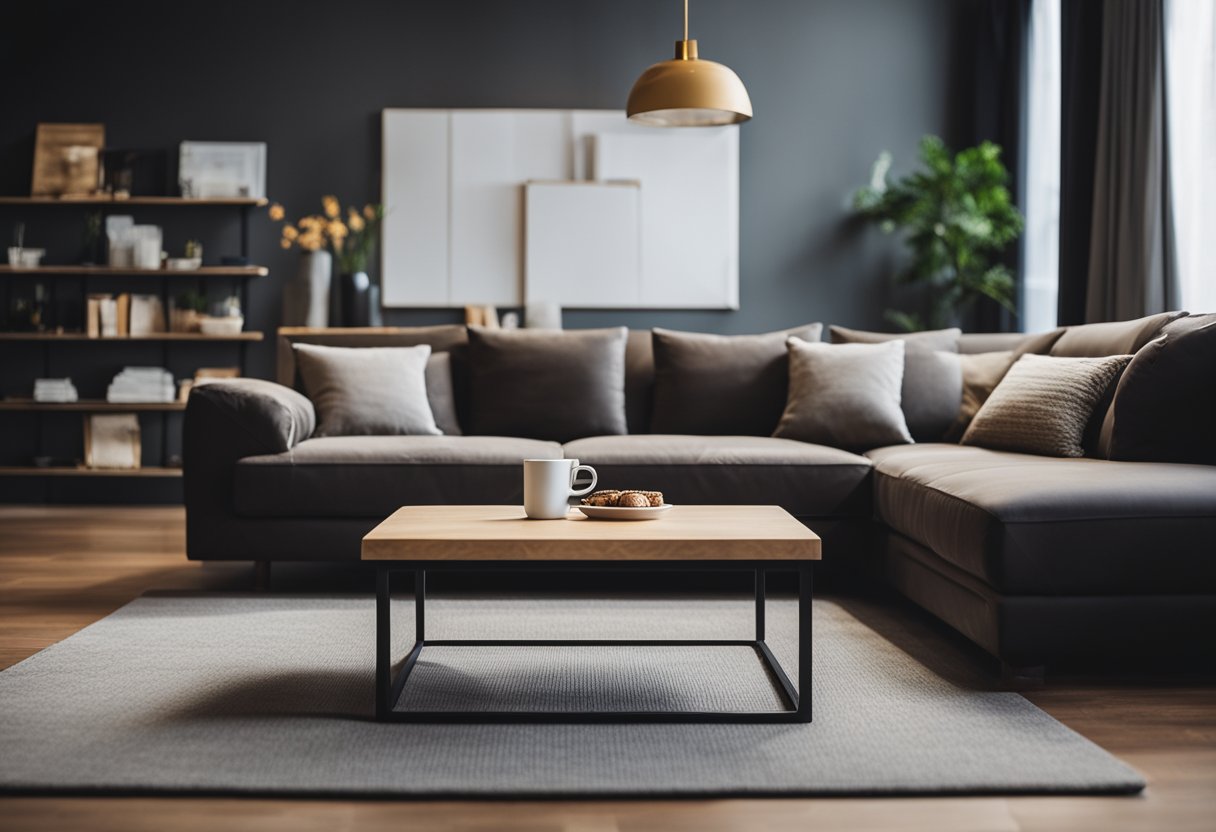
Understanding Scale and Proportion in Interior Design is key to creating harmony and comfort in your living spaces. Scale refers to the size of objects in relation to each other and the space they occupy. Proportion, on the other hand, is the relationship between the different elements in a room. When you get the scale and proportion right, you create a sense of balance and harmony in the room.
Implementing Design Elements for Optimal Proportion is essential to creating a cohesive and comfortable living space. This can be achieved by using furniture and decor that are appropriately sized for the room, ensuring that the height of the furniture is proportional to the ceiling height, and creating visual interest through the use of contrasting shapes and textures. By following these design principles, you can create a space that is not only visually appealing but also comfortable and functional.
Key Takeaways
- Proportion is one of the most important design principles in interior design and can make or break the look and feel of a room.
- Understanding Scale and Proportion in Interior Design is key to creating harmony and comfort in your living spaces.
- Implementing Design Elements for Optimal Proportion is essential to creating a cohesive and comfortable living space.
Understanding Scale and Proportion in Interior Design
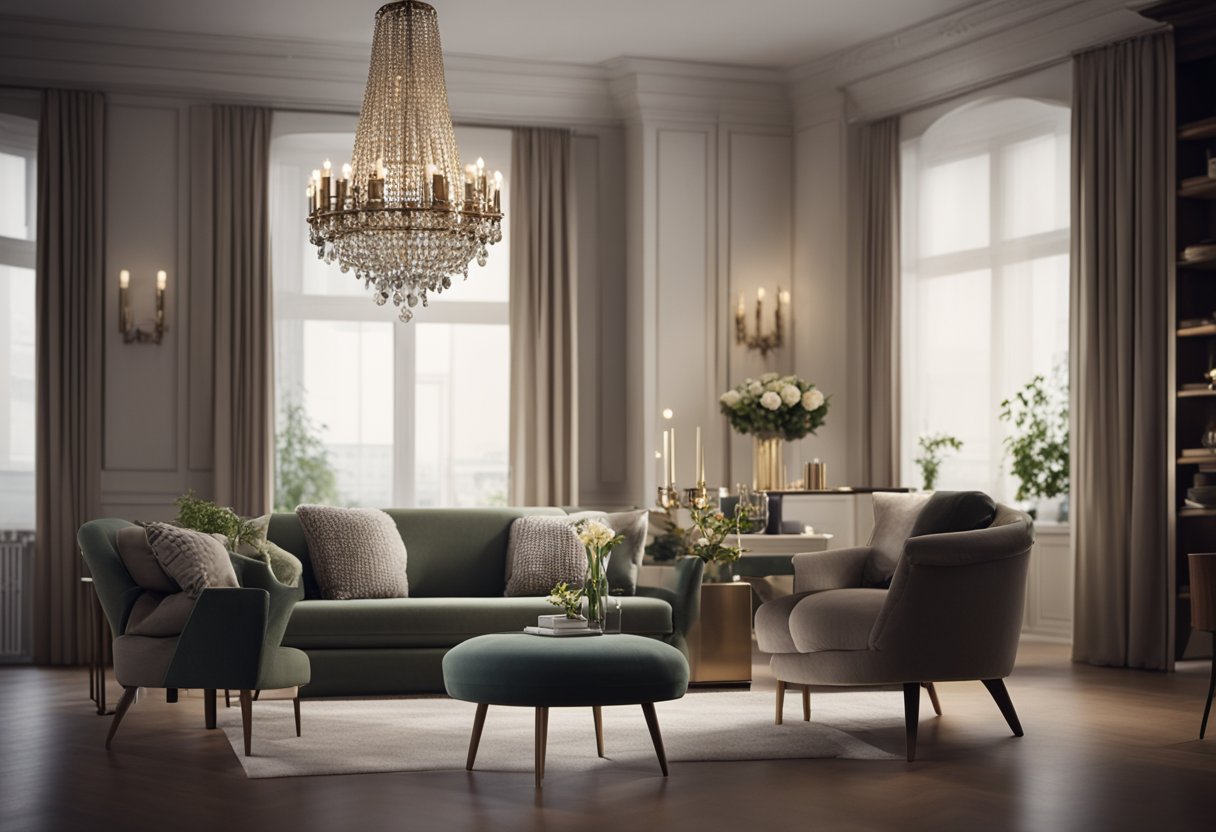
When it comes to interior design, scale and proportion are two crucial elements that can make or break the overall aesthetic appeal of a space. Understanding how to use them correctly is essential to create a comfortable, functional, and visually pleasing room that feels balanced and harmonious.
The Basics of Scale and Proportion
Scale refers to the size of an object in relation to the room and other objects in it, while proportion is the relationship between different objects in terms of size, shape, and placement. Both elements work together to create a sense of balance and harmony in a space.
Common Mistakes with Furniture and Space
One common mistake with furniture is choosing pieces that are too large or too small for the room, resulting in an unbalanced look. Another mistake is placing furniture too close together or too far apart, which can make the room feel cluttered or empty.
With space, one common mistake is not leaving enough negative or white space in the room. Negative space is the area around and between objects, and it’s essential to create balance and prevent the room from feeling overcrowded.
Strategies for Achieving Balance and Harmony
To achieve balance and harmony in a room, consider the size, scale, and proportion of each element. Choose furniture that is appropriately sized for the room and arrange it in a way that allows for comfortable movement and functionality.
Create a focal point in the room, such as a piece of art or a statement piece of furniture, to draw the eye and add interest. Use negative space strategically to create balance and prevent the room from feeling cluttered.
In summary, understanding scale and proportion is essential to create a comfortable, functional, and visually pleasing room. By avoiding common mistakes and using strategies to achieve balance and harmony, you can create a space that feels welcoming and enjoyable to be in.
Implementing Design Elements for Optimal Proportion
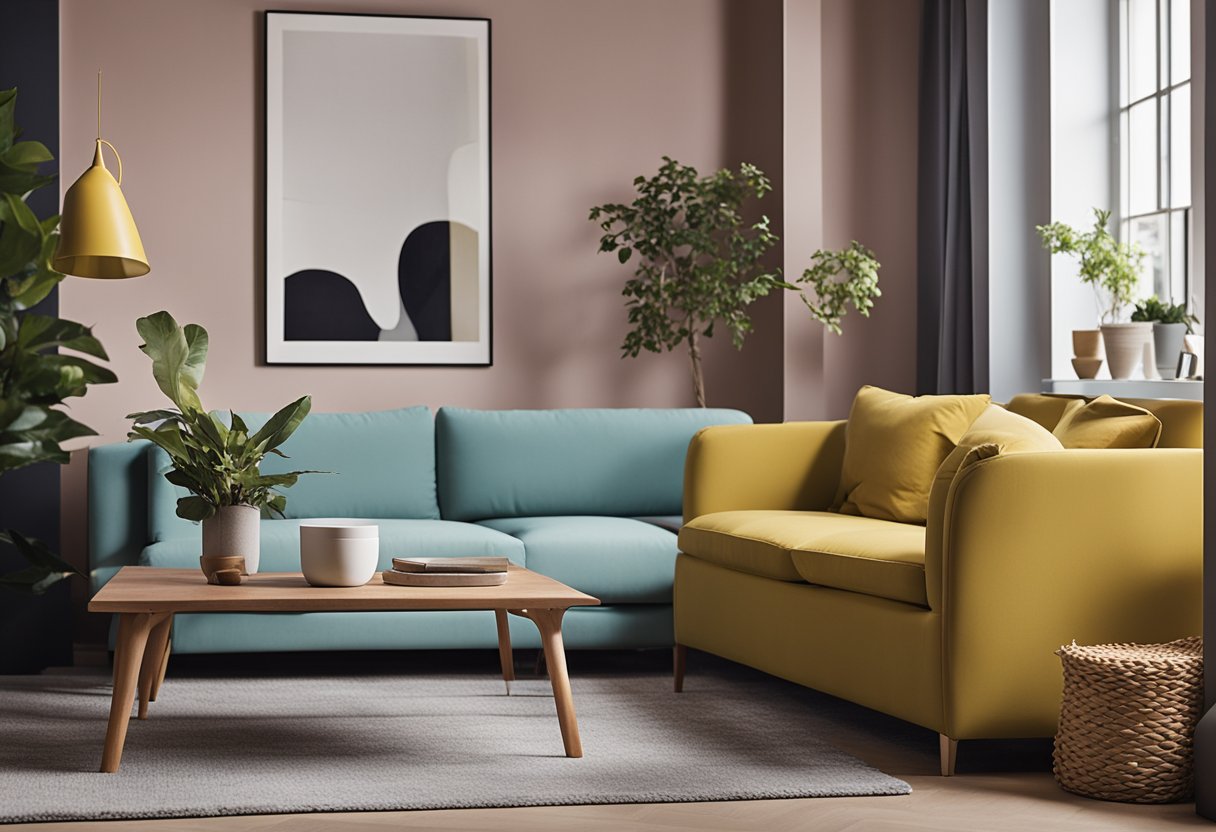
Creating a visually appealing and aesthetically pleasing space requires careful consideration of various design elements. When it comes to achieving optimal proportion in interior design, selecting the right artwork, accessories, colours, and textures is crucial. Additionally, furniture arrangement and room layout play a significant role in achieving harmony and balance in your space.
Selecting Artwork and Accessories
Artwork and accessories are essential components of any interior design project. When selecting pieces for your space, consider the style, pattern, and shapes of the items. Avoid cluttered and overwhelming spaces by selecting pieces that complement each other in terms of size, colour, and texture. To achieve optimal proportion, follow the rule of thirds when placing artwork and accessories. This means dividing your space into thirds and placing your pieces in one or more of these areas to create a balanced and harmonious composition.
Incorporating Colour and Texture
Colour and texture are powerful tools in achieving optimal proportion in interior design. When selecting colours, consider the relationship between various hues and how they interact with each other. Use repetition of colours and patterns to create a cohesive and harmonious look. Additionally, incorporating texture through rugs, decorative accessories, and fabrics can add depth and interest to your space while creating a sense of balance and symmetry.
Furniture Arrangement and Room Layout
Furniture arrangement and room layout are critical components of achieving optimal proportion in interior design. When selecting furniture, consider the scale and proportion of each piece in relation to the size of your room. Ensure that your sofa, chairs, coffee table, dining table, cabinet, bed, nightstand, and lighting fixtures are appropriately sized and placed for optimal balance and harmony. Consider the placement of your rugs, lamps, bookshelf, mirrors, and other decorative accessories to create a visually appealing and aesthetically pleasing space.
Planning and measuring your space before implementing design elements is crucial to achieving optimal proportion in interior design. By carefully considering the relationship between various design elements and their placement in your space, you can create a harmonious and visually appealing composition.
Frequently Asked Questions
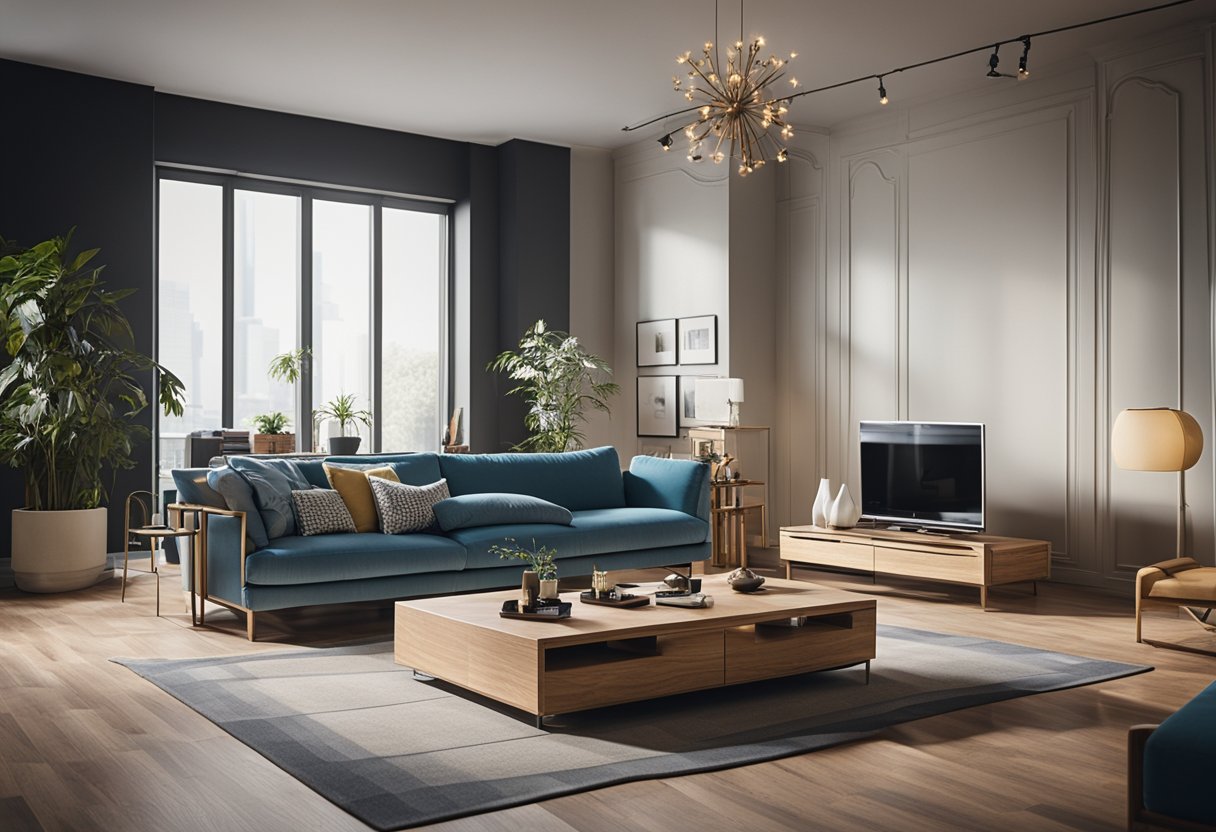
What are classic examples of improper proportion in home decor?
Improper proportion in home decor can take many forms. One classic example is oversized furniture in a small room, making the space feel cramped and cluttered. Another example is using small decorative items on a large wall, which can make the wall look empty and unbalanced.
How can I spot and fix disproportionate elements in my living space?
To spot disproportionate elements in your living space, take a step back and look at the room as a whole. Are there any items that seem too large or too small in comparison to other objects in the room? To fix disproportionate elements, you can try rearranging furniture, adding or removing decorative items, or changing the size of certain elements in the room.
What role does proportion play in creating a balanced and harmonious room?
Proportion plays a crucial role in creating a balanced and harmonious room. Proper proportion ensures that all elements in the room work together in a cohesive way, creating a pleasing visual experience. Without proper proportion, a room can feel cluttered, chaotic, or unbalanced.
Could you explain the golden ratio and its relevance to interior design?
The golden ratio is a mathematical concept that has been used in art and design for centuries. It is a ratio of approximately 1:1.618, and is believed to be the most aesthetically pleasing ratio in design. In interior design, the golden ratio can be used to determine the ideal proportions of furniture, decorative items, and even the layout of the room itself.
Why is maintaining the correct scale and proportion crucial for aesthetic interiors?
Maintaining the correct scale and proportion is crucial for aesthetic interiors because it ensures that all elements in the room work together harmoniously. When the scale and proportion are off, the room can feel cluttered, unbalanced, or even uncomfortable. Proper scale and proportion create a cohesive and visually pleasing space.
In what ways can poor proportion impact the overall feel of a room?
Poor proportion can impact the overall feel of a room in many ways. It can make the room feel cluttered, unbalanced, or even uncomfortable. Poor proportion can also make the room feel visually unappealing, and can detract from the overall aesthetic of the space.

